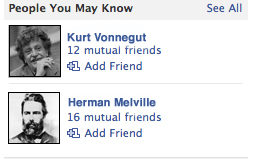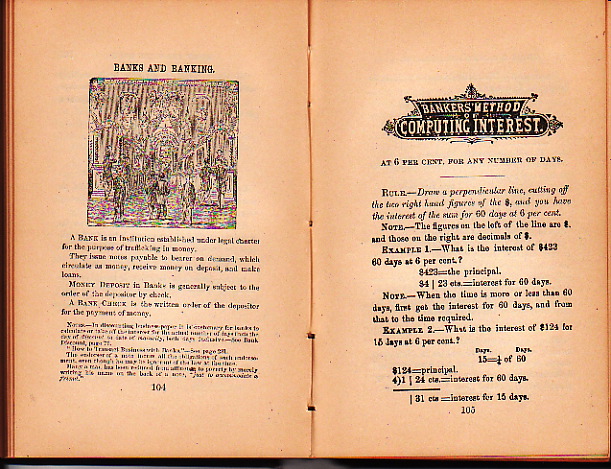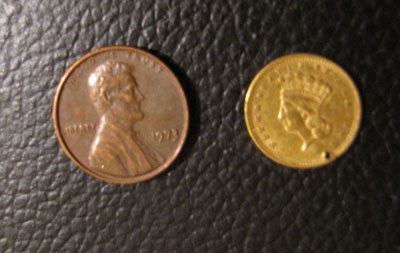 When it’s used as a verb, I think of “retreat” in a military sense–to go backward to safety. There is an inherent tension between this meaning and the meaning of a writing “retreat,” since the purpose of the latter is to make forward progress. Sometimes in order to make progress, I feel like I have to detach myself from the rest of my life and go somewhere else.
When it’s used as a verb, I think of “retreat” in a military sense–to go backward to safety. There is an inherent tension between this meaning and the meaning of a writing “retreat,” since the purpose of the latter is to make forward progress. Sometimes in order to make progress, I feel like I have to detach myself from the rest of my life and go somewhere else.
That’s what I’m doing this month. I’ve gone away to an undisclosed location (OK, the photo is a big hint), to a place from my past, to revise the novel I’ve set here.
I’ve heard tell there are people who can work on their novels without retreating, withdrawing, from their regular lives. They have a lot more self-discipline than I do. I have a difficult time segmenting my brain in a way that allows me to switch back and forth at will. So, I’m revisiting another episode in my life, a different time and place. The trick is to keep this location from distracting me. I’m trying various schedules to figure out what works best. This morning I went to the beach around 7:30, walked and read, then came back to my rental house to work.
Revision is not a pleasant task for me. Today I’m writing a brand-new scene, expanding the role of one of the secondary characters. This is the kind of work I enjoy best. I’m also employing one of the techniques suggested by Michelle Hoover in her revision class (part of the Grub Street Novel Series): retyping my whole novel. I was skeptical, but I’m finding that the act of retyping from a paper manuscript serves a few purposes. One is to free up my mind by distracting my fingers in the mechanical act of typing. Another is to scrutinize each word and sentence and cause me to ask its purpose. Finally, I hate revising. I never know where to start, what to cut, what to rearrange. I like composing from scratch. This gives me the illusion that I’m writing a whole new novel, in a blank Scrivener file. So far, I like it. We’ll see if I make it through the entire manuscript this way.
Can I trick myself into finishing this novel revision by the end of the month? Stay tuned. I’m feeling pretty good so far.
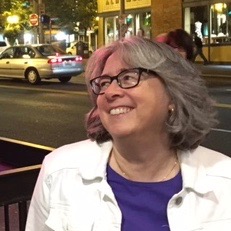

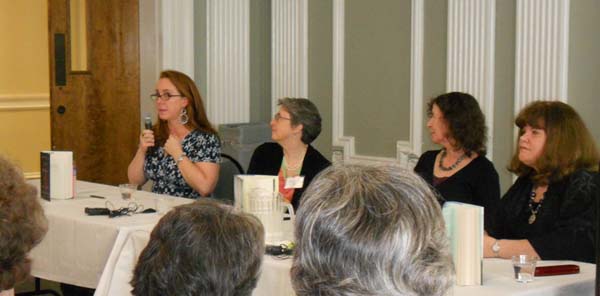
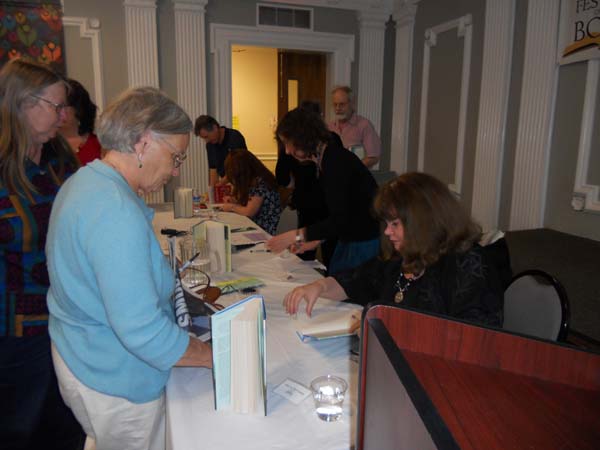
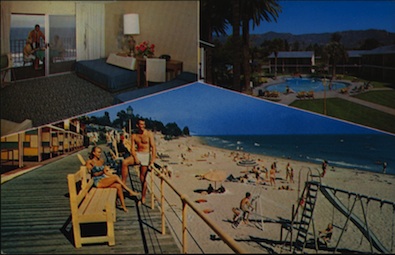 I just received this in the mail from an ebay seller. It’s a postcard from a hotel where I worked in 1980, which is the model for the setting of my second novel, tentatively entitled The Sea View Hotel. It’s not a great title, I know, but I’m not going to worry too much about that now. I say it’s the “model for the setting” because it’s not the exact setting. The setting is my memory of the place with some embellishments. I’ve messed with the geography and the name and a lot of other details in order to make the place fit the story. But it’s nice to have this tangible memory-jog while I’m writing. These photos were taken long before I worked there, but it didn’t change much during that period.
I just received this in the mail from an ebay seller. It’s a postcard from a hotel where I worked in 1980, which is the model for the setting of my second novel, tentatively entitled The Sea View Hotel. It’s not a great title, I know, but I’m not going to worry too much about that now. I say it’s the “model for the setting” because it’s not the exact setting. The setting is my memory of the place with some embellishments. I’ve messed with the geography and the name and a lot of other details in order to make the place fit the story. But it’s nice to have this tangible memory-jog while I’m writing. These photos were taken long before I worked there, but it didn’t change much during that period.